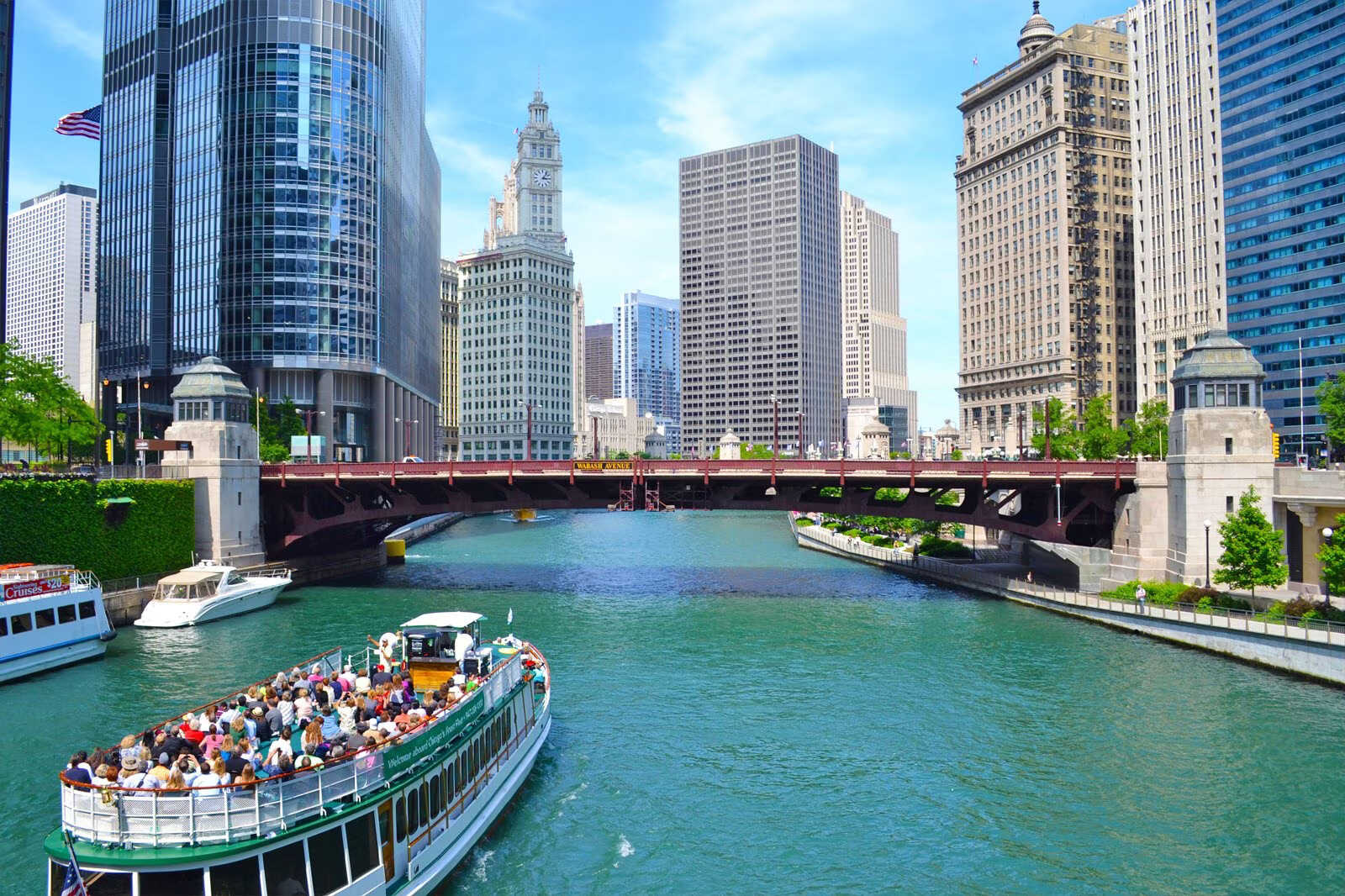5 Must-Visit Historic Sites In Chicago, Illinois

Chicago, Illinois, is a city teeming with history, and its historic sites offer a captivating glimpse into the past. From iconic architectural marvels to significant cultural landmarks, the Windy City boasts a rich tapestry of historical attractions that beckon visitors to delve into its compelling heritage. Exploring these historic sites provides a profound understanding of Chicago’s evolution and its enduring contributions to American history. Whether you’re a history enthusiast, architecture aficionado, or a curious traveler, Chicago’s historic sites promise an enriching and immersive experience. Join us as we embark on a journey through time, uncovering the 5 must-visit historic sites that encapsulate the essence of Chicago’s storied past.
The Art Institute of Chicago is one of the oldest and largest art museums in the United States.
The Art Institute of Chicago, founded in 1879 and located in Grant Park, is renowned for its vast collection of Impressionist and Post-Impressionist paintings. Notable works include Georges Seurat’s “A Sunday on La Grande Jatte,” Grant Wood’s “American Gothic,” and Vincent van Gogh’s “The Bedroom.” With over 300,000 artworks and artifacts, this cultural institution offers a captivating journey through the history of art, making it a must-visit for art enthusiasts and history buffs alike.
The Chicago Theatre is an iconic landmark on State Street.
Constructed in 1921, The Chicago Theatre is a breathtaking example of French Baroque architecture. This historic venue has hosted performances by legendary entertainers such as Frank Sinatra, Dean Martin, and Aretha Franklin. The illuminated marquee and grand lobby transport visitors back to the glamorous era of old Hollywood. Whether attending a live show or simply admiring the opulent exterior, a visit to The Chicago Theatre is an essential part of experiencing the city’s rich cultural heritage.
The Chicago Riverwalk offers a scenic and leisurely stroll along the Chicago River.
Stretching from Lake Shore Drive to Lake Street, the Chicago Riverwalk provides a picturesque urban oasis with stunning views of the city’s architecture. Visitors can enjoy waterfront dining, public art installations, and recreational activities while immersing themselves in the vibrant atmosphere of downtown Chicago. The Riverwalk’s history as a vital transportation artery and its transformation into a vibrant public space make it a captivating destination for history enthusiasts and urban explorers.
The Robie House is a masterpiece of modern architecture designed by Frank Lloyd Wright.
Designed and constructed between 1909 and 1910, the Robie House is a prime example of the Prairie School architectural style. Its horizontal lines, overhanging eaves, and open interior spaces revolutionized residential design. This UNESCO World Heritage Site showcases Wright’s innovative vision and enduring influence on contemporary architecture. Exploring the Robie House offers a profound appreciation for the evolution of architectural principles and the enduring legacy of Frank Lloyd Wright’s groundbreaking designs.
The Chicago History Museum preserves and presents the city’s rich history.
Founded in 1856, the Chicago History Museum is a treasure trove of artifacts, photographs, and documents that chronicle the city’s past. From the Great Chicago Fire to the World’s Columbian Exposition, the museum’s exhibitions vividly depict the events and cultural developments that have shaped Chicago. Visitors can delve into interactive displays, immersive experiences, and engaging narratives that bring the city’s diverse heritage to life, making it an indispensable destination for anyone seeking to understand the historical tapestry of Chicago.
Conclusion
Chicago, Illinois, is a city rich in history and culture, offering a plethora of historic sites for visitors to explore. From the iconic architecture of the Chicago Cultural Center to the fascinating exhibits at the Chicago History Museum, there is something to pique the interest of every history enthusiast. The city’s dedication to preserving its past is evident in the meticulous restoration of landmarks like the Robie House and the Pullman National Monument. Whether it’s admiring the stunning Tiffany glass dome at the Cultural Center or strolling through the historic Pullman district, Chicago’s historic sites offer a captivating journey through time, making it a must-visit destination for history buffs and curious travelers alike.
FAQs
Q: What are the opening hours of the Chicago History Museum?
A: The Chicago History Museum is open every day from 9:30 am to 4:30 pm, except on major holidays.
Q: Are there guided tours available for the Robie House?
A: Yes, guided tours of the Robie House are offered regularly, providing visitors with in-depth insights into the architectural masterpiece.
Q: Can visitors take photographs inside the Chicago Cultural Center?
A: Yes, photography is allowed inside the Chicago Cultural Center, providing ample opportunities to capture the beauty of its historic architecture.
Q: Is there an admission fee for visiting the Pullman National Monument?
A: No, admission to the Pullman National Monument is free for all visitors, making it an accessible and enriching historical experience.
Q: Are there any special events or exhibitions held at these historic sites?
A: Yes, these historic sites often host special events, exhibitions, and educational programs, offering visitors unique and immersive experiences throughout the year.

